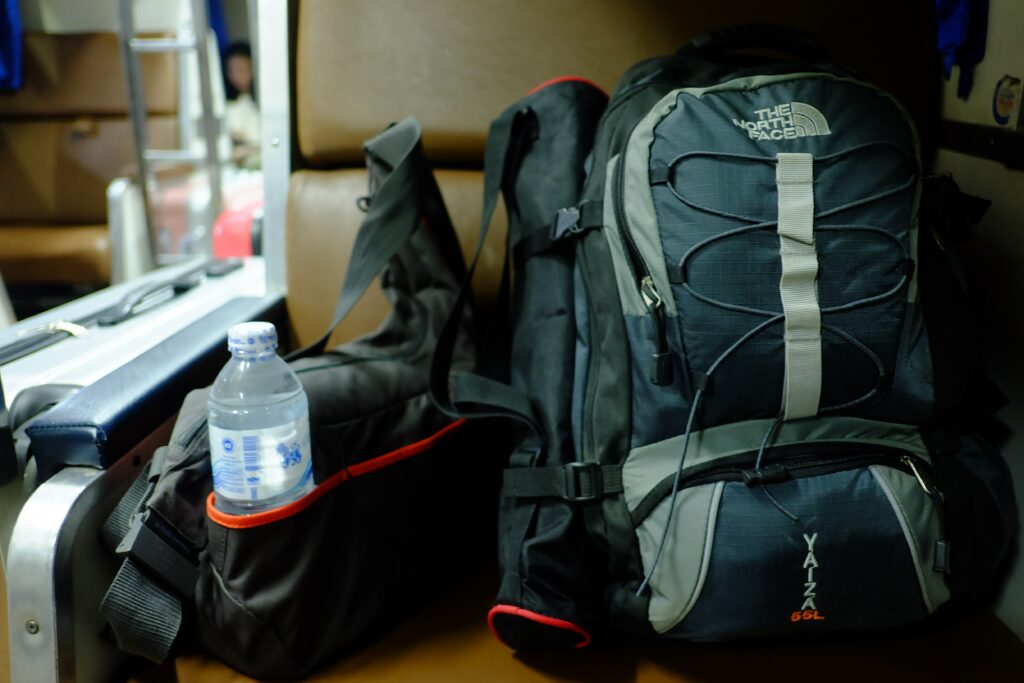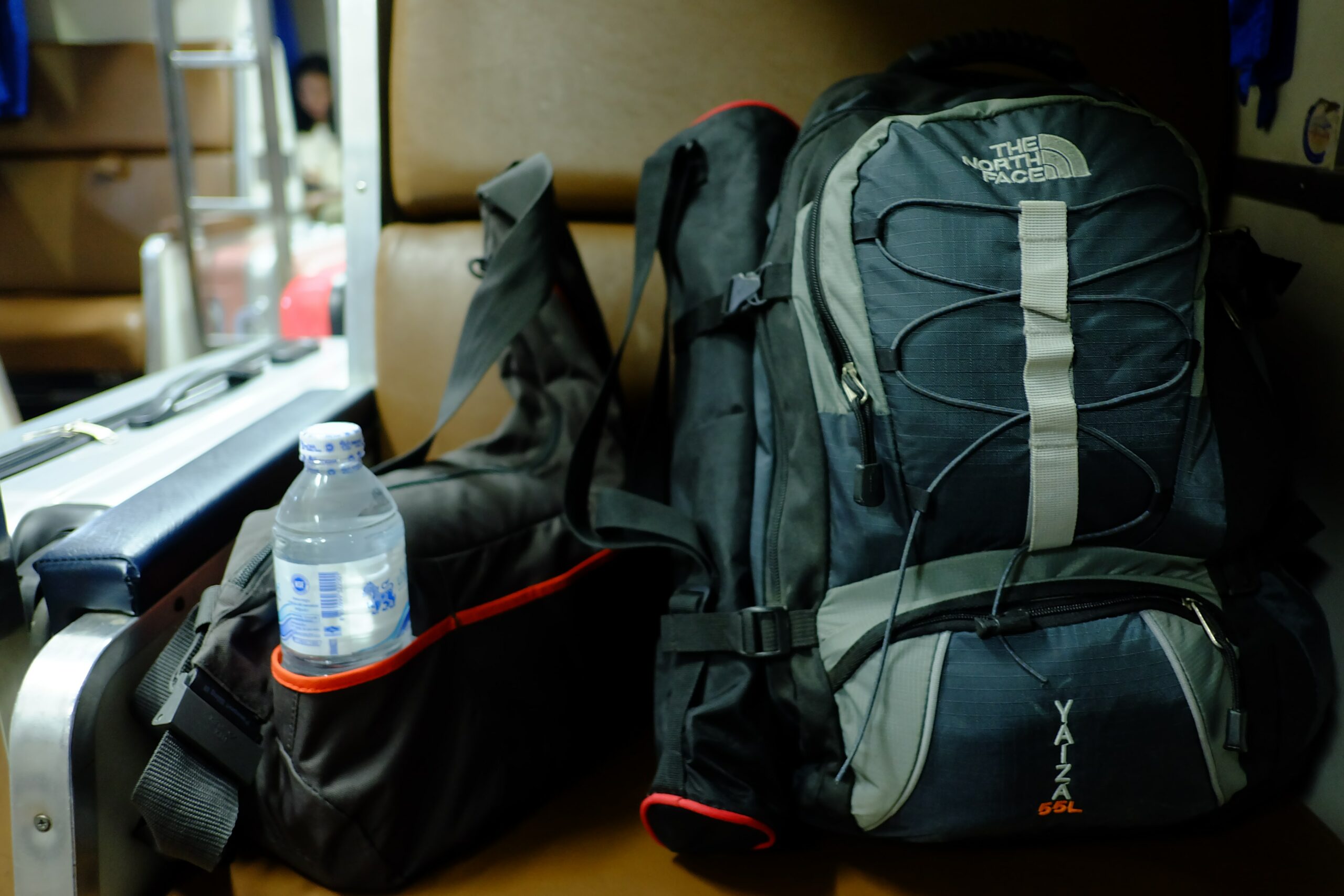In the world of emergency preparedness, two terms frequently pop up: Bug-Out Bags (BOBs) and Get Home Bags (GHBs). These bags serve distinct purposes and are designed for different scenarios. In this article, we’ll dive into the differences between Bug-Out Bags and Get Home Bags, along with the unique strategies behind each of them.

Photo by Apaha Spi on Unsplash
Bug-Out Bags (BOBs):
Purpose: Bug-Out Bags are designed for scenarios in which you need to leave your home quickly and find a safe location due to a significant and often long-lasting emergency, such as natural disasters, civil unrest, or an evacuation order.
Key Features:
- Long-Term Survival: BOBs are typically packed with supplies for extended survival, often designed to last for at least 72 hours or longer.
- Shelter and Clothing: They contain shelter items like tents or tarps and extra clothing suitable for changing weather conditions.
- Food and Water: BOBs include food rations, water purification methods, and a substantial water supply.
- First Aid: Comprehensive first aid kits are essential in BOBs to handle injuries or medical emergencies.
- Tools and Equipment: They contain tools like fire-starting equipment, multi-tools, and navigation tools such as maps and compasses.
- Self-Defense: Depending on the situation, BOBs may include self-defense items like pepper spray or a firearm.
Strategy Behind BOBs:
- The common thought is that BOBs are often about self-sufficiency and survival in the wilderness or remote locations. A more realistic strategy would be to pack your BOB as if you’re going on an extended-weekend backpacking trip. For most people, you’re going to take your BOB to a friend or family member’s home, a hotel, or an emergency shelter. Tailor your BOB to your own specific bug-out plan.
- The strategy is to leave your home, which may be compromised, and find a safer, potentially more remote location.
- BOBs are meant to sustain you until you reach your destination, which could be a designated bug-out location or a safe haven.
Get Home Bags (GHBs):
Purpose: Get Home Bags are designed for more immediate scenarios in which you need to navigate your way home during an emergency, such as getting stuck at work during a sudden event.
Key Features:
- Short-Term Survival: GHBs are designed to provide essential supplies for a shorter duration, typically up to 24-48 hours.
- Navigation: They include maps, compasses, and sometimes local area knowledge to help you find the best routes home. It’s a good idea to not rely on your cell phone for navigation in an emergency. Printed, laminated, and annotated maps of your local area with multiple routes home are highly recommended.
- Water and Food: GHBs contain minimal water and high-energy snacks, enough to keep you hydrated and energized on your journey.
- First Aid: A basic first aid kit is included for minor injuries and medical needs.
- Communication: Many GHBs include a basic communication device, such as a two-way radio or a charged cell phone.
- Clothing: Extra clothing, especially for changing weather, is often included.
Strategy Behind GHBs:
- The strategy is to bridge the gap between your current location and your home during an unexpected event.
- GHBs are about providing you with enough supplies and tools to navigate urban or suburban environments safely.
- These bags are usually smaller and more inconspicuous since they are meant for use in public spaces.
Bug-Out Bags and Get Home Bags are both crucial tools in the world of emergency preparedness. They serve distinct purposes and are tailored to specific scenarios. Understanding the differences between them and their unique strategies can help you better prepare for a wide range of unexpected events. Whether you’re preparing for a long-term wilderness survival situation or simply planning your route home from work during a power outage, having the right bag and strategy can make all the difference in your safety and well-being.
Remember, the key to effective preparedness is customization. Tailor your bags and strategies to your specific needs and realistic circumstances, ensuring you’re ready for whatever life throws your way.







